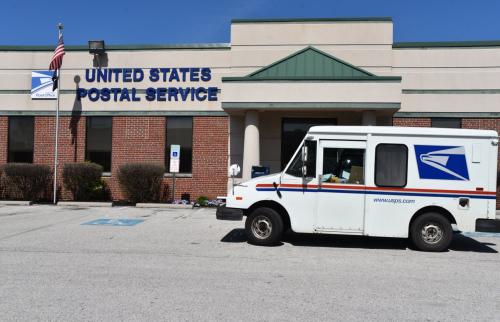Federal policy papers do not usually begin by discussing a magic pill that would offer eternal life, youthful looks, improved health, greater riches, and improved planetary conditions. This one does. This paper posits that there is already available to the federal government a “magic pill” offering the possibility of over $1 billion in annual savings, improved longevity, health, affordability, and thousands of new jobs. This panacea would allow the federally subsidized multifamily portfolio to become energy and water efficient, reducing operating costs, increasing building longevity, and offering health and affordability benefits to residents. Not only is this pill available; it is free. It is just locked up. The “lock” is a variety of barriers to building retrofits, including the lack of a sophisticated capital market system, regulatory impediments, and a historic absence of prioritization.
The justifications for scaling a national affordable multifamily retrofit are manifold, and include at least the following:
- Federal savings. From a fiscal perspective, reducing the $6.8 billion annual utility bill paid by the U.S. Department of Housing and Urban Development (HUD)—nearly 15 percent of its annual budget—alone justifies a scaled national retrofit initiative. Achieving a portfolio‐wide energy savings of only 20 percent could generate over $1 billion in savings, reducing appropriations, or to be used to replenish dwindling project reserves, increase chronically underfunded capital subsidies, or build new affordable units.
- Benefits for our nation’s most vulnerable, low‐income population. These buildings house our nation’s poorest residents, including some of the most vulnerable populations. And the nation’s lowest income families bear energy burdens that are double the burden faced by families with average incomes. Five million families live in federally subsidized affordable multifamily units. Another 21 million families live in private multifamily buildings, including many in low‐income neighborhoods, but without subsidy. Continued affordability for these families depends on preserving and reining in the operating costs of these buildings.
- Strengthened capital assets within the federal portfolio. From a real estate fiduciary perspective, the vulnerability of an aging portfolio of buildings to spikes in energy costs, declines in energy supply, and risks associated with climate change, could be significantly lessened. Over 86 percent of all multifamily buildings were built before 1990, and 70 percent were built before 1980, using far more energy and bearing far greater costs than properties built after those dates. Many of these buildings will still exist in 50 to 100 years.
- Enormous carbon savings potential and reduced fossil fuel dependence. A focus on residential buildings—which consume 22 percent of energy but use 38 percent of all electricity, and which account for more than half of the built environment’s emissions (and 21 percent of all U.S. carbon emissions)—could easily reduce our national carbon footprint through retrofits, while creating significant numbers of green jobs. In a post‐Gulf Coast reality, helping reduce our nation’s dependence on fossil fuels through retrofits of federally subsidized housing seems incontrovertible.
- Enhanced scalability possibility given small universe of owners. From an administrative perspective, a focus on federally subsidized multifamily housing seems the most scalable of residential building segments, because we need to convert far fewer owners (33,614), and merely one subsidy provider, to accomplish efficiencies in upwards of 3.5 million homes.7 Together with the Low Income Housing Tax Credit (LIHTC) subsidized portfolio, the federal government touches nearly 20 percent of all multifamily units.
And, yet, we don’t retrofit multifamily. This paper explains why retrofits have not scaled, and recommends a set of policies capable of changing this.
The Brookings Institution is committed to quality, independence, and impact.
We are supported by a diverse array of funders. In line with our values and policies, each Brookings publication represents the sole views of its author(s).


